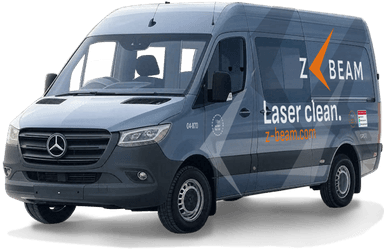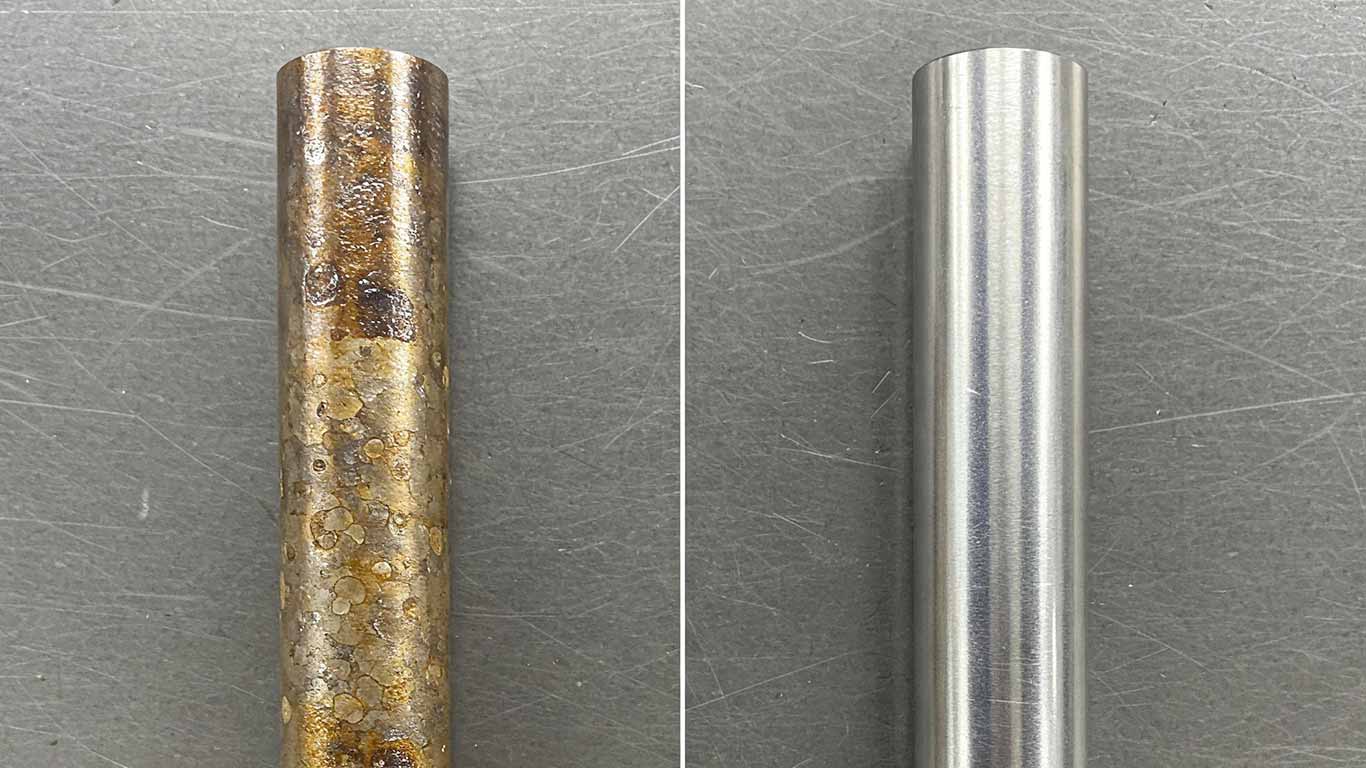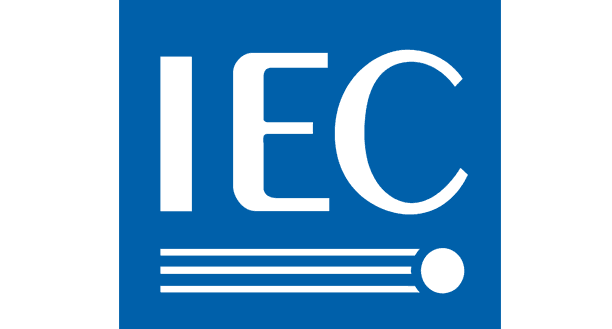
ANSI
ANSI Z136.1 - Safe Use of Lasers



Titanium excels in laser cleaning applications because of its exceptional corrosion resistance and lightweight structure, which set it apart from denser metals prone to rapid degradation. After treatment, surface already demonstrates uniformity and withstands thermal shock effectively, thus enabling precise contaminant removal without underlying damage.
When examining the contaminated titanium surface at 1000x magnification, you spot irregular patches of grime and oxide buildup clinging tightly. These dark spots create uneven textures that scatter light oddly across the metal. Make sure you note how this dulls the overall shine before any cleaning starts.
After laser treatment on the titanium surface at 1000x magnification, you see a smooth, even layer free of those stubborn residues. The metal now reflects light cleanly without any rough interruptions. Watch out for

ANSI Z136.1 - Safe Use of Lasers

IEC 60825 - Safety of Laser Products

OSHA 29 CFR 1926.95 - Personal Protective Equipment